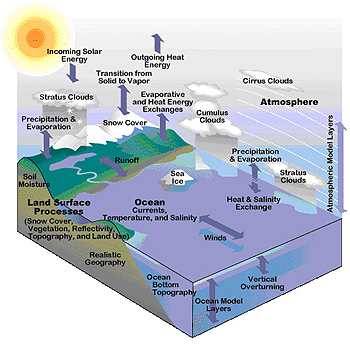This diagram illustrates some of the ways in which the ocean and atmosphere systems interact.
Click on image for full size
UCAR
Ocean-Atmosphere Coupling
Atmospheric scientists use computer models to help them understand the atmosphere. Oceanographers use models of the ocean to help them comprehend the seas. Some Earth scientists use coupled models that link up an atmospheric model with an ocean model to build a better picture of how these two systems work together.
What are the connections between the atmosphere and oceans in coupled models? Consider the water cycle: evaporation transfers water from the seas to the air, while rainfall puts atmospheric water vapor back into the oceans.
Various chemicals move back and forth between the atmosphere and the seas. Carbon dioxide in the air dissolves into sea water, making the oceans more acidic as carbonic acid forms. Marine phytoplankton emit sulfur compounds that are transformed into sulfate aerosols in the atmosphere.
Heat is constantly transferred between the air and oceans, which is why many coastal regions have relatively mild winter weather and cool summers. Water vapor evaporated from the seas produces clouds, which in turn shade (and thus cool) the underlying oceans.
Winds drive surface currents in the oceans and create waves. Strong winds turn those waves into whitecaps. Foam and spray from whitecaps propel salty droplets into the sky, creating sea salt aerosols.
You might also be interested in:
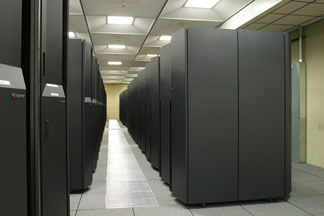
How do researchers know whether a computer model of Earth’s climate is accurate? To test accuracy of a model, its results are compared to observed measurements. This is often done by comparing climate
...more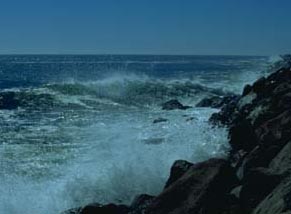
One process which transfers water from the ground back to the atmosphere is evaporation. Evaporation is when water passes from a liquid phase to a gas phase. Rates of evaporation of water depend on factors
...more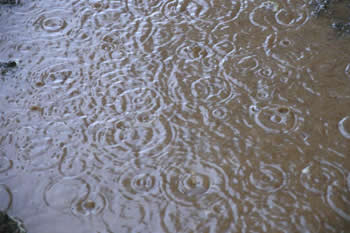
Rain is precipitation that falls to the Earth in drops of 5mm or greater in diameter according to the US National Weather Service. Virga is rain that evaporates before reaching the ground. Raindrops form
...more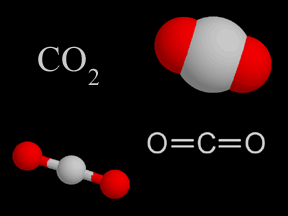
Carbon dioxide is a colorless and non-flammable gas at normal temperature and pressure. Although much less abundant than nitrogen and oxygen in Earth's atmosphere, carbon dioxide is an important constituent
...more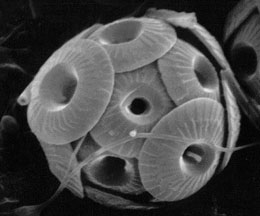
Aerosols are tiny particles or droplets that float around in the atmosphere. Aerosols play an important role in Earth's climate. Some aerosol particles help clouds form by serving as condensation nuclei.
...more
A cloud is composed of tiny water droplets or ice crystals that are suspended in the air. A series of processes have to happen in order for these water droplets or ice crystals to form into clouds in the
...more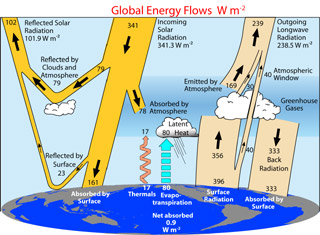
Sunlight streams into Earth's atmosphere from space. Some is reflected away by clouds and snow-covered landscapes. Light that makes it to the ground is absorbed and heats Earth's surface and oceans. The
...more


